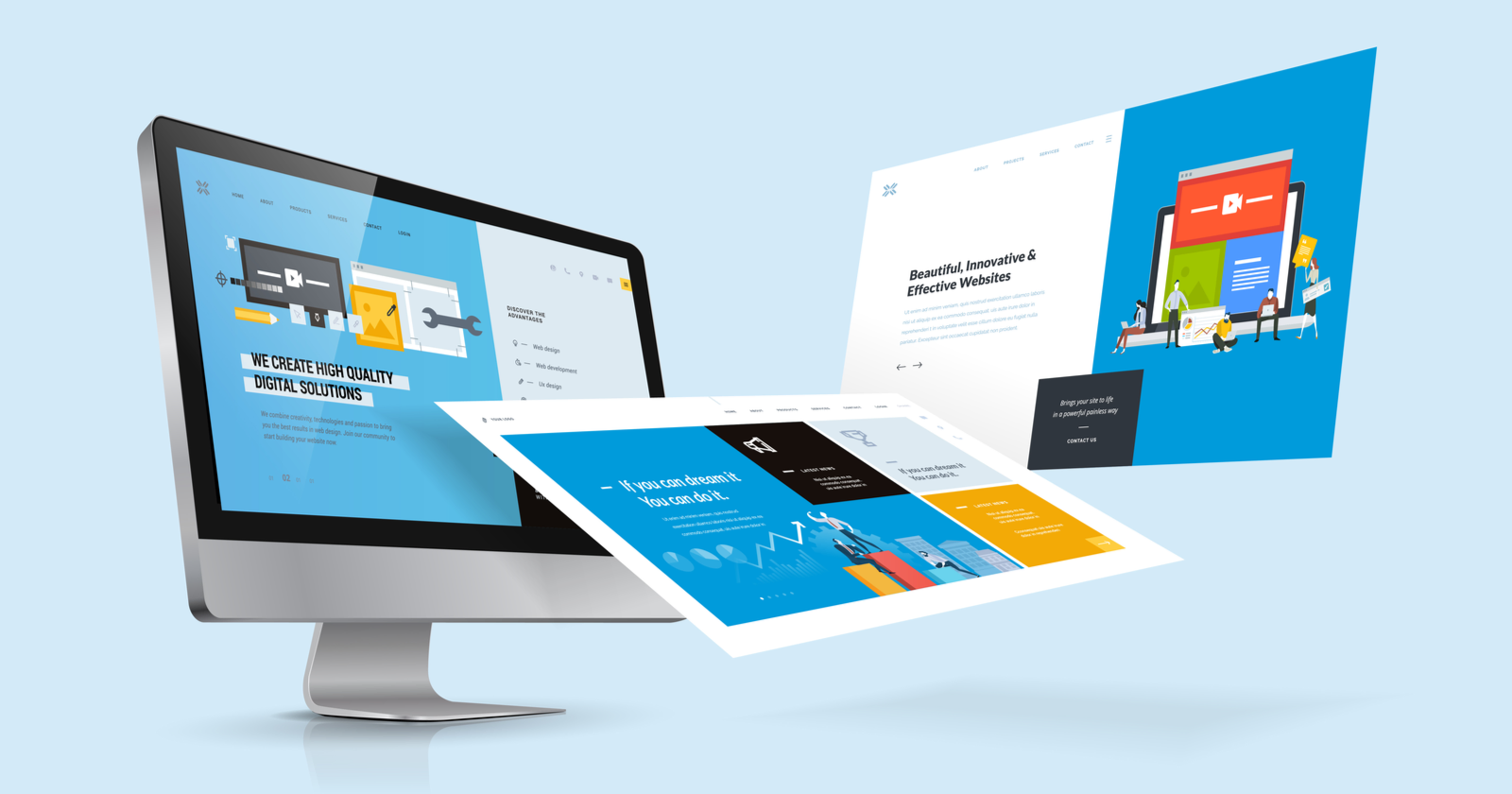In today’s digital age, web design is a critical component of a successful online presence. Good web design can capture users’ attention, ensure ease of use, and make a website more effective. In this article, we will explore the fundamental principles that underpin good web design.
1. User-Centered Design
The cornerstone of effective web design is putting the user first. Understand your target audience, their needs, and their preferences. Design with their interests in mind to create a website that is intuitive and engaging. User-centered design leads to higher user satisfaction and better conversion rates.
2. Visual Hierarchy
A well-structured web page employs a clear visual hierarchy. Use typography, color, and layout to guide users’ attention to the most important elements. Headings, subheadings, and contrasting colors can help users navigate and prioritize content effortlessly.
3. Mobile Responsiveness
With the proliferation of smartphones and tablets, ensuring that your website is mobile-responsive is essential. Your design should adapt seamlessly to various screen sizes and orientations. Mobile users should have a comparable experience to desktop users.
4. Simplicity and Clarity
Simplicity is key in web design. Keep your layout clean and clutter-free. Avoid overwhelming users with excessive text, images, or complex navigation. Clarity in messaging and layout ensures that users can quickly understand and interact with your content.
5. Consistency
Consistency in design elements and branding across your website enhances user recognition and trust. Use consistent color schemes, typography, and navigation menus throughout your site. This cohesion creates a unified and professional appearance.
6. Fast Loading Times
Users have little patience for slow-loading websites. Optimize your images, minimize unnecessary scripts, and utilize efficient hosting to ensure your site loads quickly. Fast loading times improve user satisfaction and SEO rankings.
7. Accessibility
Web accessibility is essential to cater to all users, including those with disabilities. Follow accessibility guidelines (such as WCAG) to ensure that your website is usable by everyone. Provide alternative text for images, keyboard navigation, and other accessibility features.
8. Content Readability
Readable content is crucial. Use legible fonts, appropriate font sizes, and sufficient line spacing to make text easy to read. Well-structured content with headings and paragraphs enhances comprehension.
9. Navigation
Efficient navigation is vital for users to explore your website effortlessly. Use clear menus, breadcrumbs, and a logical page hierarchy. Ensure that users can find what they’re looking for without frustration.
10. Feedback and Testing
Continuous improvement is key to good web design. Collect user feedback and conduct usability testing to identify and address any issues. Regularly update and refine your website based on user insights.
In conclusion, good web design revolves around user-centricity, clarity, and functionality. By adhering to these principles, you can create a website that not only looks appealing but also delivers an exceptional user experience. Keep in mind that web design is an evolving field, so staying up-to-date with the latest trends and technologies is essential to maintain a competitive edge in the digital landscape.





